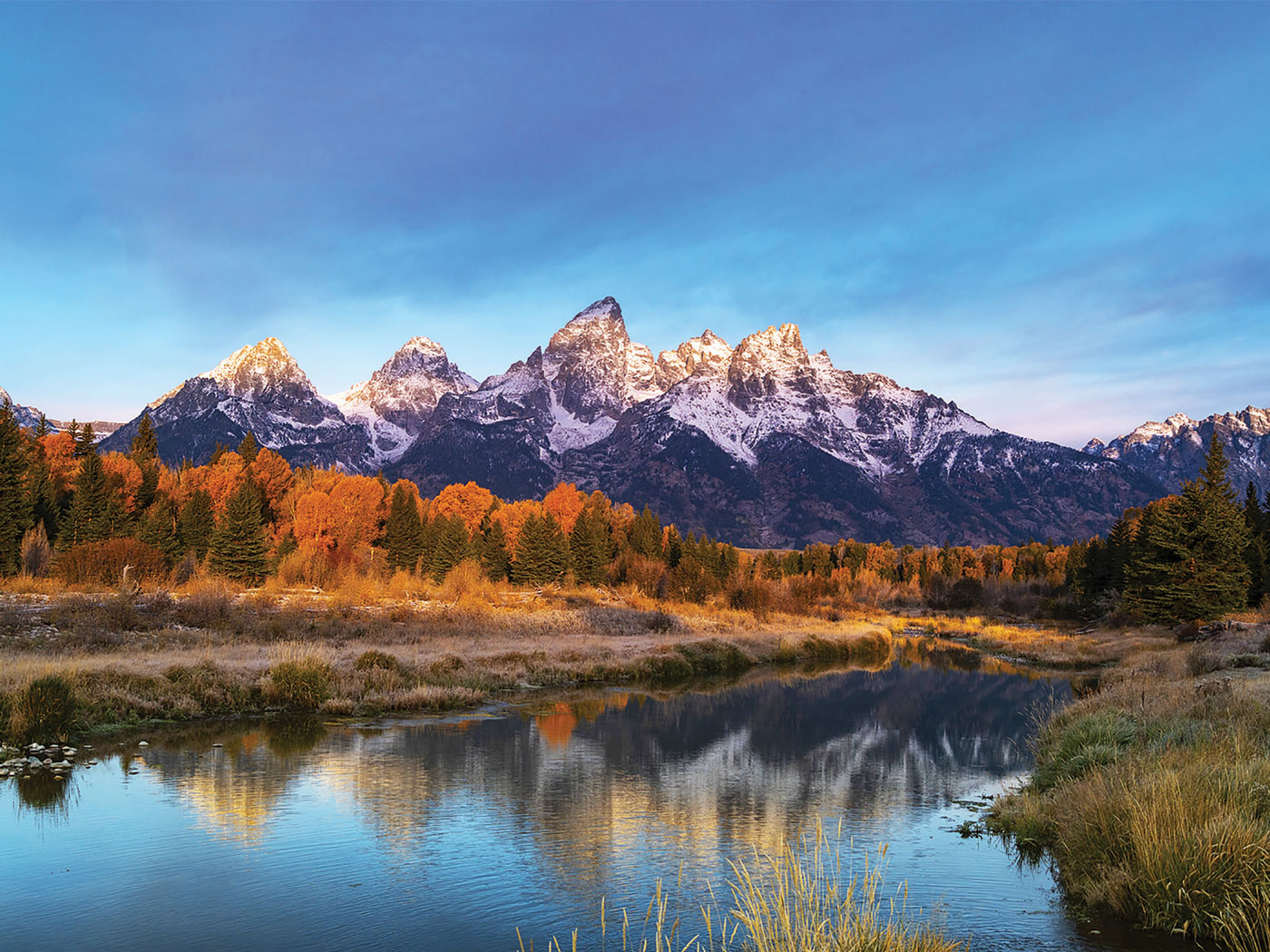Evolutionary scientists are still trying to explain the origin of Earth’s continents. Some have even called this mystery the “holy grail” of geology.1 But rather than explaining their origin, a new study in Proceedings of the National Academy of Sciences (PNAS) merely pushes back the age of the continents into unfathomable deep time.2
Secular geologists have long maintained that the continents are quite old, much older than the crust beneath the ocean.1 They also believe that nearly all of the continents originated almost simultaneously in a supposed time called the Archean Eon, claimed to be older than 2.5 billion years, further complicating the mystery.3
The current study, co-authored by Priyadarshi Chowdhury at Monash University in Melbourne, Australia, tried a new approach.2 They examined remnants of sedimentary rock preserved in an area of eastern India known as the Singhbhum Craton.4 From radioisotope studies of the sedimentary rocks and the igneous rocks below, they estimated that the continental crust became subaerial about 3.3 billion to 3.2 billion years ago.2 They postulated that hot plumes of magma, enriched in less-dense minerals like quartz, thickened the crust and buoyed the land mass up and out of the water, creating the continental crust.5 But this explanation is nothing more than a fictional tale. It is based on no observable science, nor is it testable.
Prior to the current study, secular geologists used the production of similar quartz-rich magmas that formed in narrow subduction zones6 as their best explanation for the origin of continents. They figured that enough subduction zone melts added together from plate collisions over billions of years could create the continents, or so their story goes. But this wouldn’t make the continents all at one time as is commonly believed. How they all appeared simultaneously remains unanswered.
While it seems possible that narrow slivers of continental crust could form when tectonic plates converge, these 120 to 250-mile wide zones are a long way from explaining the massive expanse of all the continents. Furthermore, other geoscientists point out that the composition of these narrow bands of continental crust formed at subduction zones differ chemically from the supposed older Archean continental crust, adding another complication to the mystery.3 This leaves secular scientists unable to explain the origin of continents that are thousands of miles wide. It is still the “holy grail” of geology.
"The debate will likely continue," said Ilya Bindeman, a professor of geology at the University of Oregon who was not involved with the current study.
All secular explanations for the continents are steeped in speculation.7 Their studies do little to answer the question of the origin of the continents. The current study merely pushes back their origin point further into mythical deep time, obfuscating the situation all the more.
The book of Genesis still gives us a better explanation for the origin of continents. It is quite clear. God spoke them into existence of Day 3 of Creation Week about 6000 years ago.
References
1. Hecht, J. 2015. Rise of the upper crust. New Scientist. 226 (3017): 36-39.
2. Chowdhury, P., et al. 2021. Magmatic thickening of crust in non-plate tectonic settings initiated the subaerial rise of Earth’s first continents 3.3 to 3.2 billion years ago. National Academy of Science.118 (46): e2105746118; https://doi.org/10.1073/pnas.2105746118.
3. Gazel, E. et al. 2015. Continental crust generated in oceanic arcs. Nature Geoscience. 8 (4): 321-327.
4. A craton is a large area of continental crust believed by secular scientists to have had very little recent deformation or mountain-building activity.
5. Lanese, N. Earth's 1st continents arose hundreds of millions of years earlier than thought. LiveScience. Posted on livescience.com November 8, 2021, accessed December 2, 2021.
6. A subduction zone is where older ocean crust is pulled down into the mantle at a convergent plate boundary (where plates move toward one another), creating a quartz-rich melt in the process.
7. Clarey, T. 2020. Carved in Stone: Geological Evidence for the Worldwide Flood. Dallas, TX: Institute for Creation Research, 128-131.
*Dr. Clarey is Research Scientist at the Institute for Creation Research and earned his doctorate in geology from Western Michigan University.







